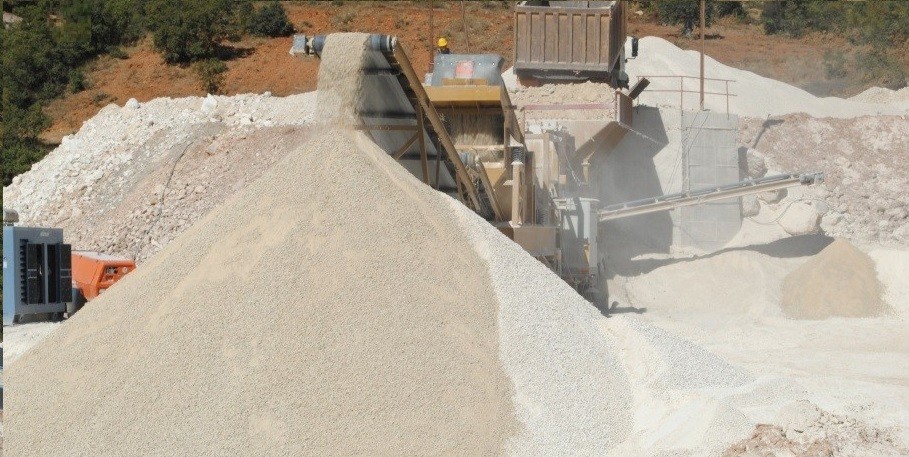Mobile Crushers: Mobile crushers are essential machines used for breaking down large rocks into smaller, manageable pieces, commonly used in construction, mining, and aggregate production industries. These crushers are equipped with mobility features that make them ideal for on-site use, eliminating the need for transporting raw materials to fixed processing plants. The primary types of mobile crushers include:
-
Mobile Jaw Crushers: These crushers are used primarily for reducing large rocks into smaller sizes through compression. They are ideal for primary crushing operations in aggregate production.
-
Mobile Cone Crushers: These are secondary crushers used for further reduction of the material after initial crushing. They provide high output and efficiency in aggregate production.
-
Mobile Impact Crushers: Known for their ability to handle a variety of materials, these crushers use impact force to break down rock. They are commonly used for recycling applications as well.
-
Mobile Screens: Although not crushers themselves, mobile screens are often used in combination with crushers to sort and classify aggregate materials based on their size.
Aggregate Production: Aggregate production refers to the process of extracting, crushing, and processing raw materials such as sand, gravel, and crushed stones for use in construction and industrial applications. The process generally includes the following steps:
-
Extraction: Materials are extracted from quarries or mines.
-
Crushing: The extracted materials are then fed into crushers to break them into smaller, usable pieces.
-
Screening: After crushing, materials are screened to ensure they meet size specifications.
-
Washing (Optional): Some aggregates are washed to remove impurities such as dirt and clay.
-
Stockpiling: The finished product is then stockpiled for future use in construction or other industries.
Mobile crushers play a key role in aggregate production by reducing the need for transporting materials, increasing efficiency, and making it easier to produce materials on-site.
 English
English
 Le français
Le français
 Türkçe
Türkçe

